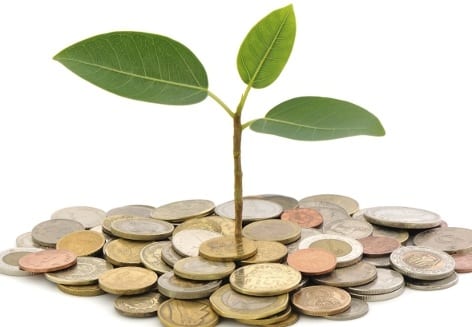Victoria’s state Labor government has become the first government in Australia to issue its own green bonds, with the launch of a triple-A rated $300 million issuance to finance a range of new and existing low-carbon projects.
The Victorian Green Bonds, issued by the Treasury Corporation of Victoria (TCV) on Monday and fully subscribed in just over 24 hours, are also the first state or federal government-issued bonds anywhere in the world to receive international Climate Bond Certification.

State Treasurer, Tim Pallas, said in a statement on Wednesday that the total book order of $300 million was supported by 17 investors, from a mix of insurance companies, funds management and investors. NAB acted as Sole Arranger and Lead Manager on the issue.
“It’s evident by the strong market demand for these bonds, that they make economic sense – giving investors the confidence of a triple-A rated government security, with the assurance that funds will be used for ethical and environmentally friendly investments,” Pallas said.
“Funding for new infrastructure in public transport, clean energy and low carbon building development will all be boosted by this landmark green bond issuance, which meets international best practice in disclosure and transparency.
“The Andrews government is sending a positive signal to global issuers and investors on the growing role of green bonds in climate finance and funding of new green infrastructure,” he said.
Globally, the green bond market is booming, with nearly $US42 billion of labelled green bonds issued in 2015, up from $US37 billion in 2014.
At the Paris climate talks in December, investors representing more than $US10 trillion signed a statement welcoming the growth of the climate bonds market as a mechanism to finance solutions to climate change while meeting fixed income yield and risk requirements.
In the last six months, China has dominated the global market, with green bonds issued in the first half of the year reaching 75 billion yuan ($US11.2 billion), or 33 per cent of the world’s total issued in the period.
In Australia, the market has primarily been led by three of the ‘big four’ Australian banks, with certified climate bonds issued by NAB for wind & solar in 2014, ANZ Bank for low carbon buildings, wind & solar in 2015, and Westpac for wind, low carbon buildings and commercial property in 2016.
More recently, FlexiGroup issued Australia’s inaugural certified green Asset Backed Security (ABS) for rooftop solar systems in April 2016 with support from NAB. The domestic Clean Energy Finance Corporation (CEFC) has acted as a cornerstone investor on several of the bond issuances.
The Victorian Green Bonds proceeds will go to financing and refinancing state investments in energy efficiency, renewable energy generation, low carbon public transport and water treatment, including LED traffic lights, mini-hydro power stations, new trains and the development of a large-scale renewable energy power station.
The London-based Climate Bonds Initiative certified the bond under its Climate Bond Standard & Certification Scheme, which ensures proceeds are used in ways consistent with delivering a low-carbon economy.
Climate Bonds Initiative CEO Sean Kidney said the Victorian issuance positioned the Andrews government as a national and international leader.
“Funding for new infrastructure in public transport, clean energy and low carbon building development will all be boosted from this landmark green bond issuance, which meets international best practice in disclosure and transparency.
“We look forward to this foundation issuance by the Andrews Government spurring other Australian states and internationally, other governments to use green bonds as part of their climate finance, infrastructure and sustainability policies,” Kidney said.








